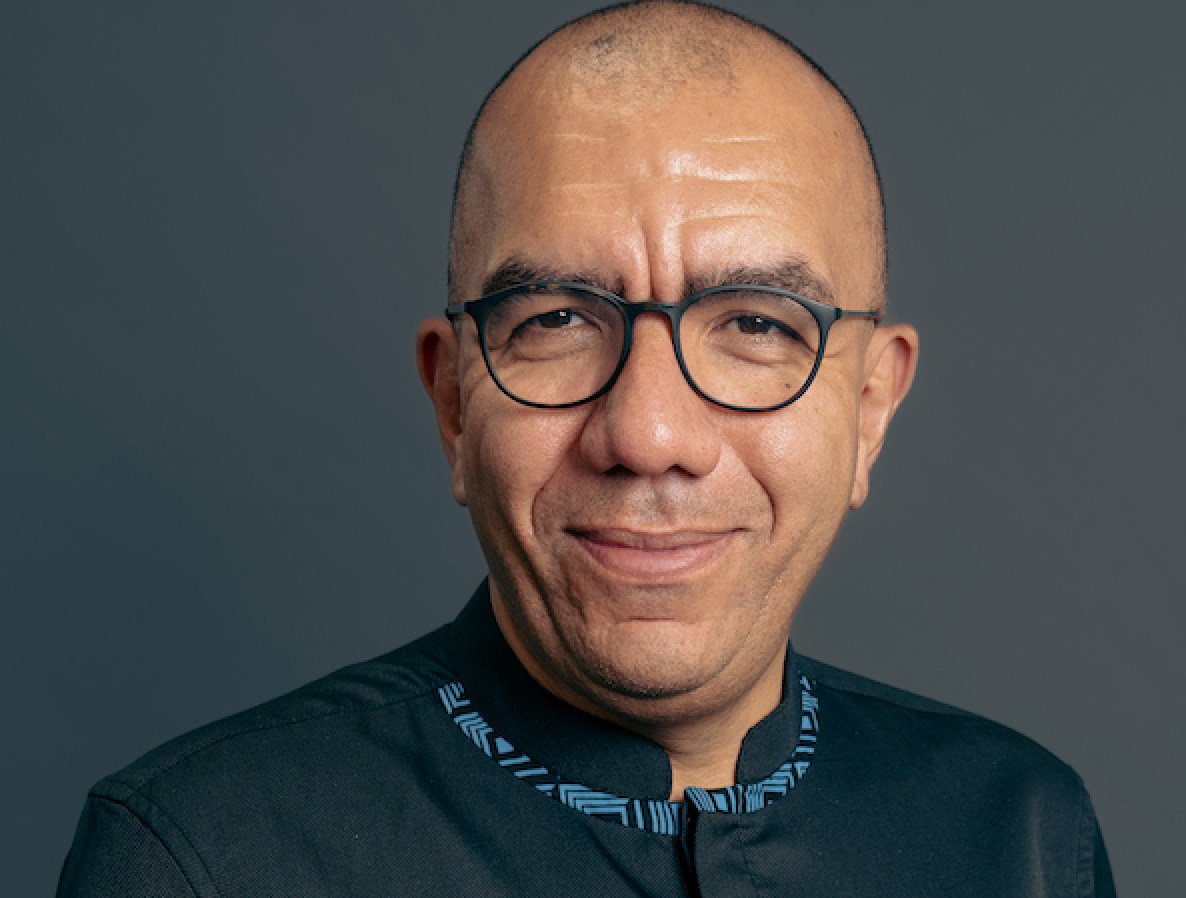
Exclusive | Mega Simandou iron ore project in Guinea to start production ‘by next year’
- Mine is located in the Republic of Guinea’s 100km Simandou mountain range, said to hold the world’s largest untapped reserve of high-grade iron ore
- Chinese firms have placed a multibillion-dollar bet on the project, and about half or more of the iron ore mined could be exported to China
Samuel Gahigi, managing director of Rio Tinto Guinea, said in an exclusive interview that the mine project was well on track, with first iron ore production due as early as next year.
The mine is located in the Simandou mountains in the southeast of the Nzérékoré region in the Republic of Guinea. The mountain range spans more than 100km (62 miles) and is believed to hold the world’s largest untapped reserve of high-grade iron ore, estimated at over 2 billion tonnes.
According to Gahigi, the project is 30 to 35 per cent complete in terms of infrastructure, meaning the development of the mine itself and building the railway and port.
“Our plan is to have the first iron ore production by next year,” Gahigi said in Kigali, Rwanda, on the sidelines of the Africa CEO Forum earlier this month.

The Rio Tinto board and joint partners, including Chinese companies, have since given financial commitments for the US$20 billion project – a major boost for the mine after three decades of false starts, setbacks and scandals.
In April, Guinea confirmed that the National Transitional Council had in February ratified the planned investments and development of the Simandou iron ore project. It said the Rio Tinto board had committed to finance its share of the railway and port infrastructure while Chinese companies had obtained key regulatory approvals from China.
Djiba Diakité, who chairs the committee overseeing the Simandou project, last month said it was “no longer a dream, but a reality”.
“There is no doubt that the project will be delivered on schedule by the end of December 2025,” he added.
Gahigi said the Simandou project was important for the industry because of its quality – a high-grade iron ore – which would contribute to the decarbonisation of steel processing.
According to Gahigi, a tonne of iron ore currently produces 2 tonnes of carbon dioxide. But a tonne of the Simandou iron ore, with a grade of 60-66.5 per cent iron ore content, will produce much less carbon dioxide – about half a tonne.
About half or more of the iron ore could be exported to China – the world’s largest consumer of iron ore and biggest producer of steel – since Chinese companies hold higher combined stakes from the two mining sites at Simandou. It is also part of China’s race to decarbonisation.
Liz Gao, a senior analyst at commodities consultancy CRU Group, said earlier that when it became operational, Simandou was likely to replace some Brazilian and Australian iron ore shipments to China, though the two countries would retain a dominant position in the market.
“Simandou will bring about 120 million tonnes of ore to the market, positioning Guinea as the third largest iron ore exporter around the globe,” Gao said.
She said the Chinese investment was part of Beijing’s long-pursued goal to take a larger stake in overseas iron ore. “We estimate that there is Chinese ownership in around 5 per cent of global iron ore supply,” Gao said. “Unfortunately, much of this material is some of the highest-cost supply in the world. Therefore, it makes sense to see Chinese steel mills go after more competitive assets like Simandou, for example.”
Blocks 1 and 2 of the four blocks of Simandou’s mining concession are being developed by Winning Consortium Simandou (WCS), whose shareholders include Winning International Group of Singapore, China Shandong Weiqiao Group and China Baowu Steel Group. The blocks currently account for more than 1.8 billion tonnes of estimated reserves, with an iron content of more than 65.5 per cent.
The other two blocks are owned by Rio Tinto as part of its Simfer joint venture with the Chinese firm Chalco Iron Ore Holdings and the Guinean government. Simfer’s initial capital funding requirement for the project is estimated at US$11.6 billion, of which Rio Tinto’s share is US$6.2 billion.
Gahigi said the main railway line – which will transport iron ore from Simandou to the port – was about 30 to 40 per cent complete. It is expected that up to 120 million tonnes of iron ore mined from Simandou will be exported annually.
The Simandou project represents an investment of more than US$15 billion to build over 600km of railway infrastructure spanning the length of the country, as well as port infrastructure on the coast of the Forécariah prefecture in Guinea.
Rio Tinto Simfer consortium is building a 70km connecting railway line, while the WCS spur line was 16km and WCS was also building a 536km double-track main line.
Structures are also being put in place to build Simfer’s 60-million-tonne per year transshipment vessel port, according to Gahigi. WCS is building a barge wharf of the same size at the port.
But as Guinea heads into the rainy season, work on both the railway and port could slow down.
Once completed, all the co-developed infrastructure and rolling stock will be transferred to and operated by the Compagnie du TransGuinéen (CTG) joint venture, in which Simfer and WCS each hold a 42.5 per cent equity stake and the Guinean state has a 15 per cent equity stake.
Gahigi described the project as “transformative” and a trigger for development that could help accelerate Guinea’s gross domestic product by 50 per cent from 2026. Gahigi said it was estimated that Guinea could earn between US$2 billion and US$3 billion from the project from 2030.

